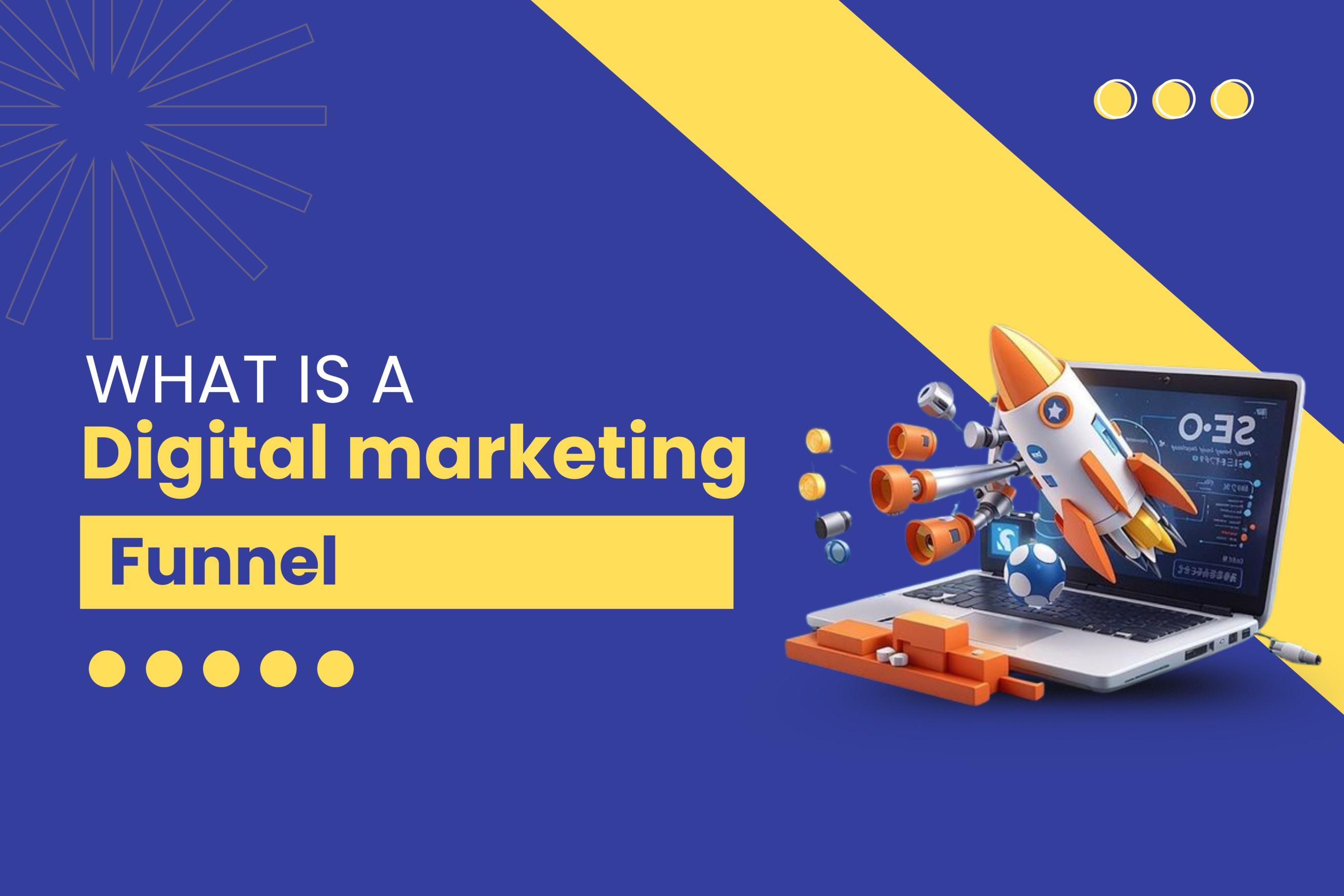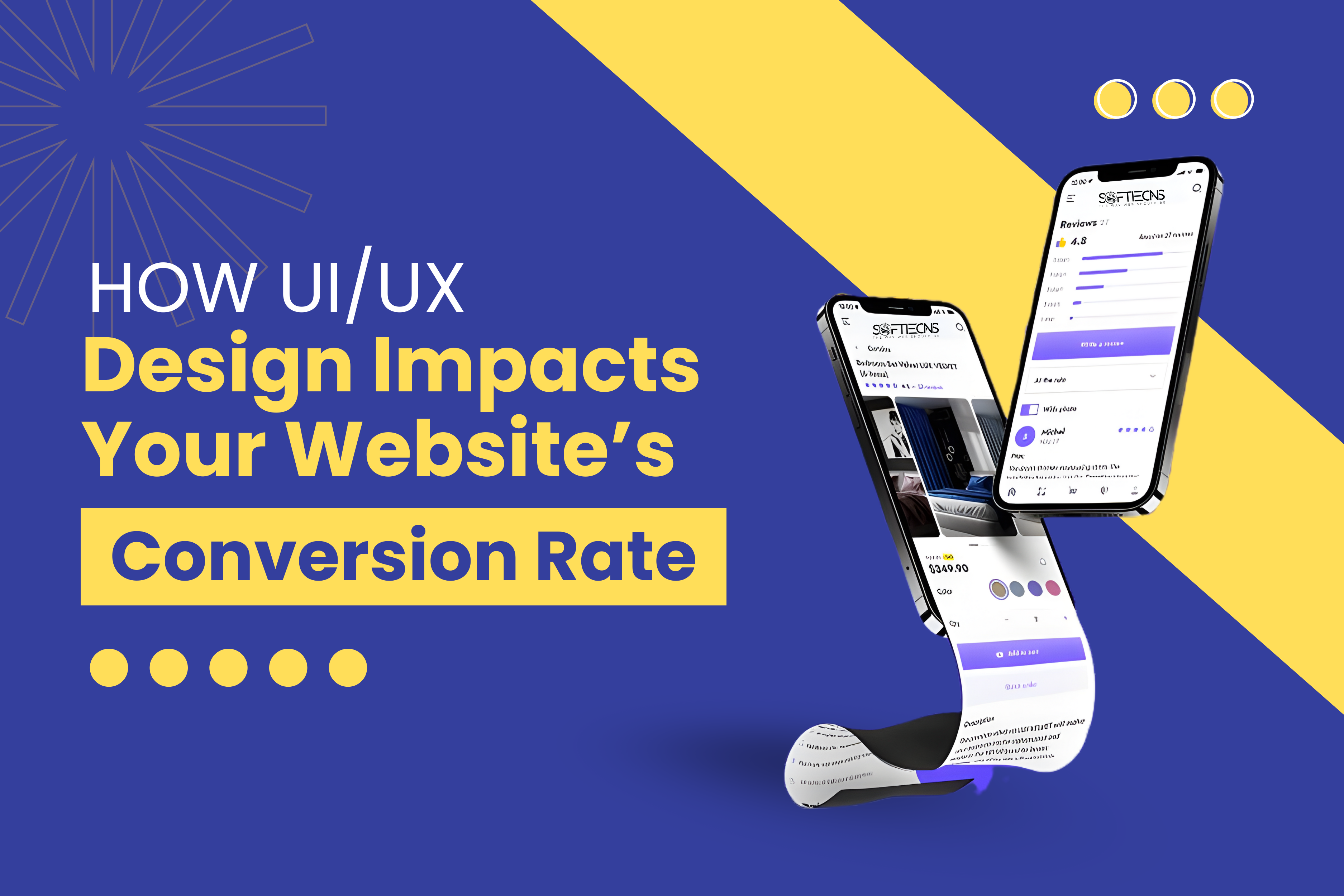Roadmap For SEO
Tue, 14 Dec 2021
SEO is a difficult
task. Nothing will be able to stop you if you take it one step at a time.
Simply follow the basic guideline, and you'll be OK. SEO is a must-have for any
organization, and it must be done correctly.
Stick to this plan and
you'll be OK.
The first step is to:
1.
COLLECTION OF INFORMATION
Gather all of the
website's information. Create an excel file from it. It's critical that all of
the data you collect be accurate and clean because it will aid you in making vital
decisions down the road. Tracking, filters, and goals are three critical
components of this.
2.
TRACKING
You must ensure that
your data is collected every day, without fail. You can use GOOGLE TAG MANAGER
to make your task a little easier.
3.
FILTER
It's the most important
thing. It assists you in removing superfluous data from a website while you are
examining it. IP filters, domain filters, and hostnames filters are the three
types of filters available.
4.
GOAL
Finally, make sure your
objectives are set up correctly and that you're not tracking stuff like bounce
rate or time on site as a logged goal.
These are useful
metrics for monitoring the health of your site, but they won't be sufficient to
make strategic changes in the future.
5.
SEO TECHNIQUES
Once you've gathered
and filtered everything, you're ready to go. It's past time to address the root
of the problem. It's time to take a look at your website's technical aspects.
Traffic and indexing.
Find and fix the basic
fault that is creating the critical crawling problem. 404 errors, slow website
speed, and duplicate material are all examples of errors. To crawl the website,
unique material is required. Work with your developer to improve site speed,
image clarity, and code optimization.
6.
RESEARCH ON KEYWORDS
This is the most
crucial stage. When everything is in place, all you have to do now is
concentrate on the keyword. Keywords are long-term plans that aid in ranking.
Reach out to your client and ask them what keywords are important to them and
what they want to focus on to kickstart your keyword research. Then, once
you've compiled a seed list, broaden it by researching their website,
competitor websites, Google Search Console, and keyword research tools.
Find and fix the basic
fault that is creating the critical crawling problem. 404 errors, slow website
speed, and duplicate material are all examples of errors. To crawl the website,
unique material is required. Work with your developer to improve site speed,
image clarity, and code optimization.
7.
RESEARCH ON KEYWORDS
This is the most
crucial stage. When everything is in place, all you have to do now is
concentrate on the keyword. Keywords are long-term plans that aid in ranking.
Reach out to your client and ask them what keywords are important to them and
what they want to focus on to kickstart your keyword research. Then, once
you've compiled a seed list, broaden it by researching their website,
competitor websites, Google Search Console, and keyword research tools.
8.
PRODUCE CONTENT
Make material that is
relevant to your industry. In SEO, content is a really strong tool. Write blogs
about topics that are relevant to your website, and include keywords that are
relevant to that issue. Assess the existing material on your website to
determine whether you need to create something entirely new, expand on what you
already have, or a combination of both. Always keep in mind that you should
write for your users, not for search engines or rankings.
Make sure your material
is easy to read, has links to other important topics inside it, and
successfully covers the keywords you're targeting.
So there you have it.
To improve your SEO, follow this map. If you're still having trouble, don't
worry; we're here to help. Simply click here to solve all of your troubles.
POPULAR POSTS
Shopify vs. WordPress: Which one is best for e-commerce?
Wed, 07 Apr 2021Role of IoT in the Real Estate Industry
Wed, 14 Apr 2021Why UX And UI Is Important For Mobile Application Development
Sat, 01 May 2021Telemedicine's Advantages in Nursing Homes
Fri, 24 Dec 2021RECENT POSTS
Title: Run Your Entire Real Estate Business From Your Phone
Fri, 12 Dec 2025









